Sabará Jabuticaba
- November 24, 2023
- 0 comment
Sabará Jabuticaba is a distinctive Brazilian fruit celebrated for its exceptional flavor and unique growth pattern. Originating from the Plinia cauliflora tree, this small evergreen is prized for bearing fruit directly on its trunk and branches, a rare phenomenon in the plant world.


The Sabará variety stands out with its diminutive size, displaying a dark purple to nearly black skin that cradles a delectably sweet and tart pulp. Resembling grapes but with a thicker skin, the fruit releases a burst of flavor when bitten into, surrounding several seeds within its juicy, translucent flesh.
Sabará Jabuticaba holds cultural significance in Brazilian culinary traditions, frequently used in the creation of jams, jellies, wines, and liqueurs. Beyond its gastronomic appeal, the tree’s striking visual aesthetic, featuring fruits clustering directly on the bark, enhances its allure, making Sabará Jabuticaba not only a delicious indulgence but also an ornamental gem in gardens and orchards.
| Specification | Details |
|---|---|
| Scientific Name | Plinia cauliflora |
| Origin | Brazil |
| Growth Pattern | Fruits grow directly on trunk and branches |
| Fruit Color | Dark purple to almost black |
| Size | Small, resembling grapes |
| Flavour | Exceptionally sweet and tart |
| Pulp Texture | Juicy with a translucent consistency |
| Seed Presence | Several seeds embedded in the pulp |
| Culinary Uses | Jams, jellies, wines, liqueurs |
| Cultural Significance | Integral part of Brazilian cuisine |
| Ornamental Value | Attractive appearance in gardens and orchards |
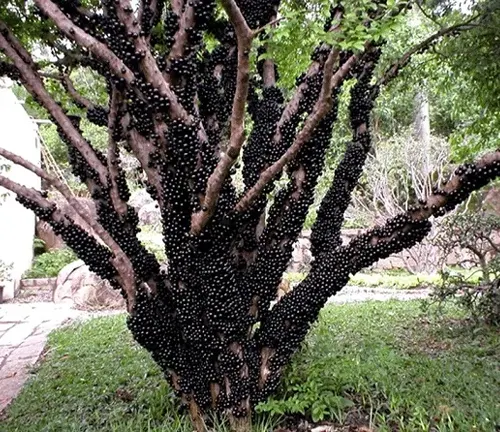
Brief Overview of the Tree
Sabará Jabuticaba, scientifically known as Plinia cauliflora, is a fascinating Brazilian tree that captivates with its unique growth pattern. Unlike conventional fruit trees, this small evergreen bears its delectable fruits directly on its trunk and branches, making it a botanical marvel.
Attributes and Characteristics
The Sabará variety stands out with its compact size and dark purple to almost black skin. Resembling grapes but with a thicker skin, the fruit boasts a sweet and tart taste, creating a delightful burst of flavour when consumed. The tree itself is visually striking, with fruits clustering directly on the bark.
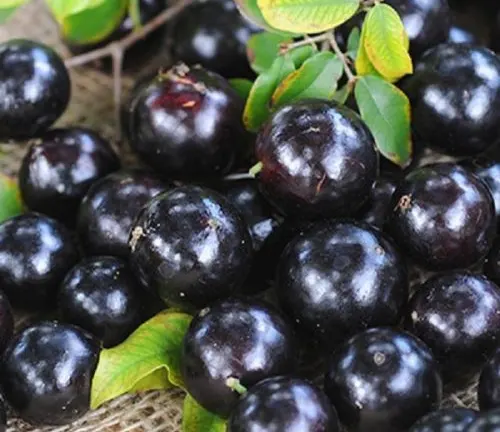
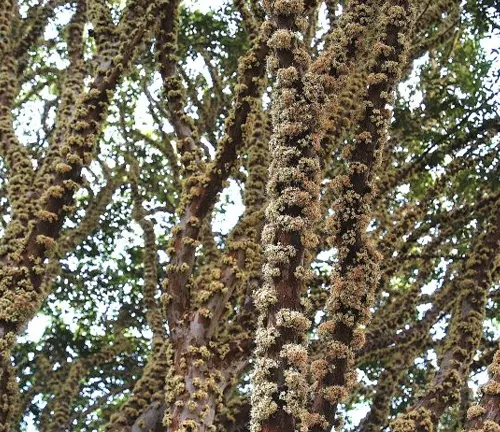
Natural Setting
Native to Brazil, Sabará Jabuticaba thrives in a tropical climate, contributing to the lush landscapes of its natural habitat. Its ability to adapt to various environmental conditions makes it a versatile addition to different regions.
Soil Type
This fruit tree demonstrates adaptability to different soil types, showcasing its resilience in both sandy and loamy soils. This versatility enhances its potential for cultivation in diverse geographical settings.
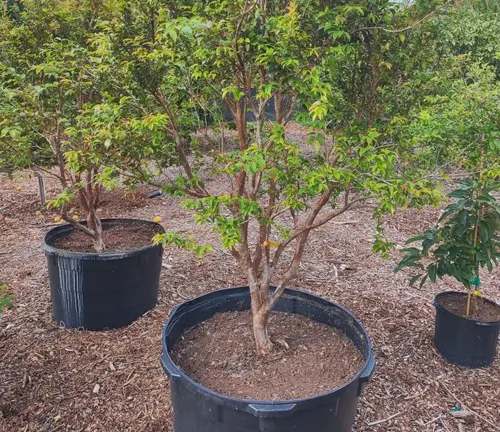
Soil Preferences
Sabará Jabuticaba favors well-draining soils, emphasizing the importance of aeration for optimal growth. The tree tends to flourish in soils with a slightly acidic to neutral pH.

Hardiness Zone
This species typically thrives in hardiness zones 9 to 11, showcasing its preference for warm and tropical climates.
Sun Preference
Sabará Jabuticaba flourishes in full sun, requiring at least six hours of direct sunlight daily for optimal growth and fruit production.
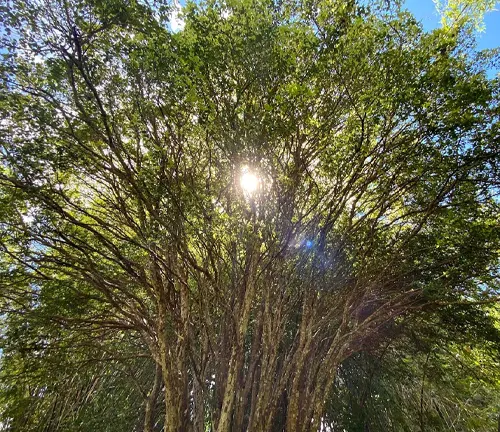
Wildlife Value
Apart from its culinary significance, Sabará Jabuticaba attracts wildlife, contributing to biodiversity. Birds and other creatures are drawn to the tree, making it a valuable element in local ecosystems.
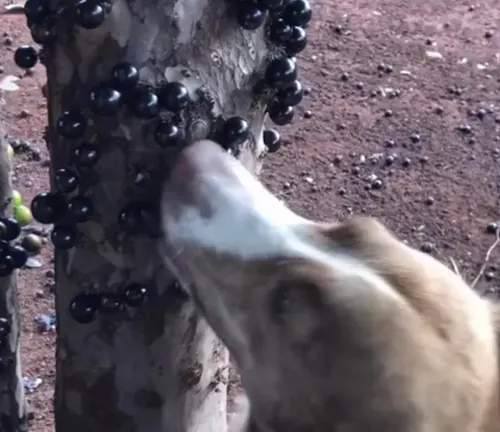
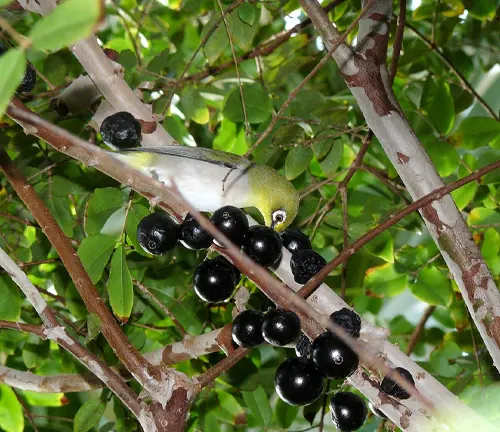
Common Pests & Diseases
While generally hardy, Sabará Jabuticaba may be susceptible to common pests like aphids and scale insects. Regular monitoring and appropriate pest control measures can help mitigate potential issues.
Care
Proper care involves regular watering, especially during dry periods, and occasional fertilization. Pruning may be necessary to maintain shape and encourage healthy fruit production.
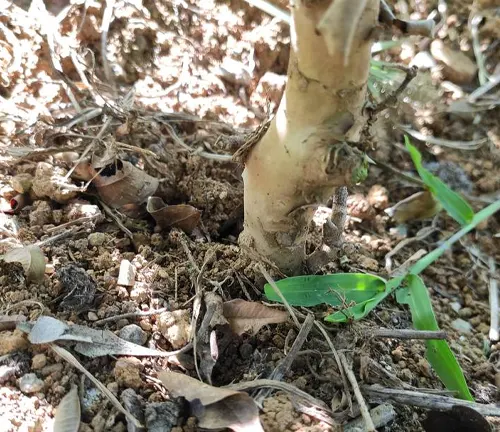
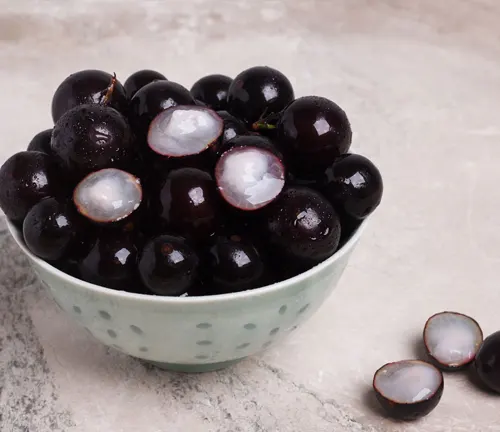
Health
The fruit of Sabará Jabuticaba is rich in antioxidants, vitamins, and minerals, offering potential health benefits such as immune system support and overall well-being.
Safety
The tree poses no significant safety concerns, making it a safe and enjoyable addition to gardens and landscapes.
Wood Products
While not primarily cultivated for wood, Sabará Jabuticaba’s wood may find use in artisanal or decorative projects due to its unique characteristics.
Edible or Not
Sabará Jabuticaba is indeed edible, and its fruits are utilized in various culinary applications, including jams, jellies, wines, and liqueurs.

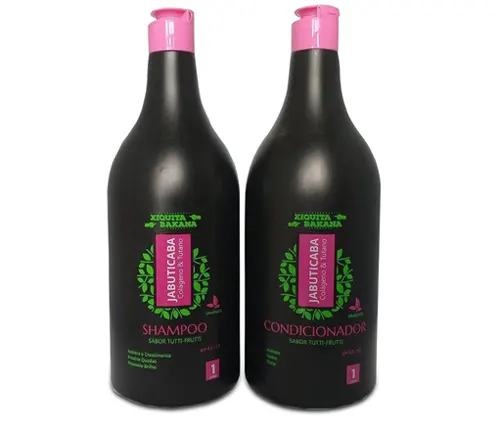
Benefits
The fruit is not only delicious but also nutritious, contributing to a balanced diet. Its adaptability to different soils and climates enhances its potential as a sustainable and valuable crop.
Enhancing the Quality of Life
As a source of fresh, homegrown produce and an aesthetically pleasing addition to gardens, Sabará Jabuticaba enhances the quality of life for those who cultivate it.
Contribution to the Environment
Through its attraction of wildlife and potential for carbon sequestration, Sabará Jabuticaba contributes positively to the local environment.
Disadvantages
While generally hardy, susceptibility to pests and diseases may require diligent monitoring and care. Additionally, its limited geographical adaptability may restrict cultivation in certain climates.
Longevity
Sabará Jabuticaba can live for several decades under optimal conditions, providing a lasting and fruitful presence in landscapes.
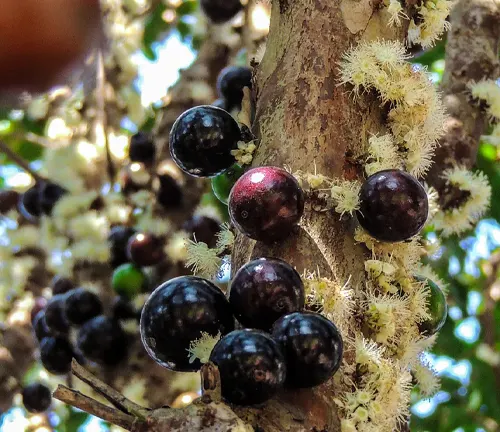
Fun Facts
The name “Jabuticaba” is derived from the Tupi-Guarani language, meaning “like turtle,” a nod to the fruit’s appearance. The tree’s ability to bear fruit on its trunk and branches is a botanical rarity, adding to its allure and intrigue.
Frequently Asked Questions (FAQs)
- What is Sabará Jabuticaba?
Sabará Jabuticaba is a Brazilian fruit tree, scientifically known as Plinia cauliflora, renowned for its unique characteristic of bearing fruits directly on its trunk and branches. - How does Sabará Jabuticaba differ from other varieties?
The Sabará variety is distinguished by its smaller size, dark purple to almost black skin, and exceptionally sweet and tart flavor. - Where is Sabará Jabuticaba native to?
Sabará Jabuticaba is native to Brazil and is often found in tropical climates. - What are the soil preferences for cultivating Sabará Jabuticaba?
Sabará Jabuticaba thrives in well-draining soils with a slightly acidic to neutral pH. It can adapt to different soil types, including sandy and loamy soils. - In which hardiness zones does Sabará Jabuticaba thrive?
Sabará Jabuticaba typically thrives in hardiness zones 9 to 11, indicating a preference for warm and tropical climates. - How much sunlight does Sabará Jabuticaba require?Sabará Jabuticaba flourishes in full sun and benefits from at least six hours of direct sunlight daily for optimal growth and fruit production.
- What are common pests and diseases associated with Sabará Jabuticaba?
While generally hardy, Sabará Jabuticaba may face challenges from common pests such as aphids and scale insects. Regular monitoring and appropriate pest control measures are recommended. - How can I care for Sabará Jabuticaba?
Proper care involves regular watering, especially during dry periods, occasional fertilization, and pruning to maintain shape and encourage healthy fruit production. - Is Sabará Jabuticaba edible?
Yes, Sabará Jabuticaba is edible, and its fruits are utilized in various culinary applications, including jams, jellies, wines, and liqueurs. - What health benefits does Sabará Jabuticaba offer?
The fruit is rich in antioxidants, vitamins, and minerals, offering potential health benefits such as immune system support and overall well-being.
- Is Sabará Jabuticaba safe to have in gardens?
Yes, Sabará Jabuticaba poses no significant safety concerns, making it a safe and enjoyable addition to gardens and landscapes.
- Can Sabará Jabuticaba wood be used for any purposes?
While not primarily cultivated for wood, Sabará Jabuticaba’s wood may find use in artisanal or decorative projects due to its unique characteristics.
- What is the lifespan of a Sabará Jabuticaba tree?
Sabará Jabuticaba can live for several decades under optimal conditions, providing a lasting and fruitful presence in landscapes.
- How does Sabará Jabuticaba contribute to the environment?
Through its attraction of wildlife and potential for carbon sequestration, Sabará Jabuticaba contributes positively to the local environment.
- Any fun facts about Sabará Jabuticaba?
The name “Jabuticaba” is derived from the Tupi-Guarani language, meaning “like turtle,” a nod to the fruit’s appearance. The tree’s ability to bear fruit on its trunk and branches is a botanical rarity, adding to its allure and intrigue.



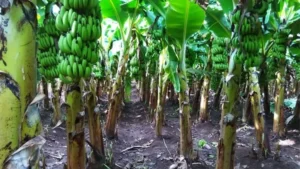
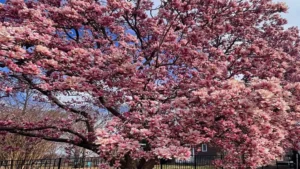
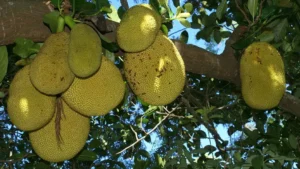
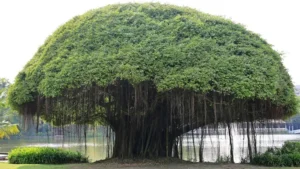

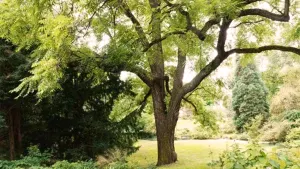
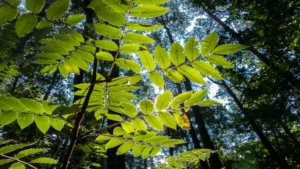




Leave your comment